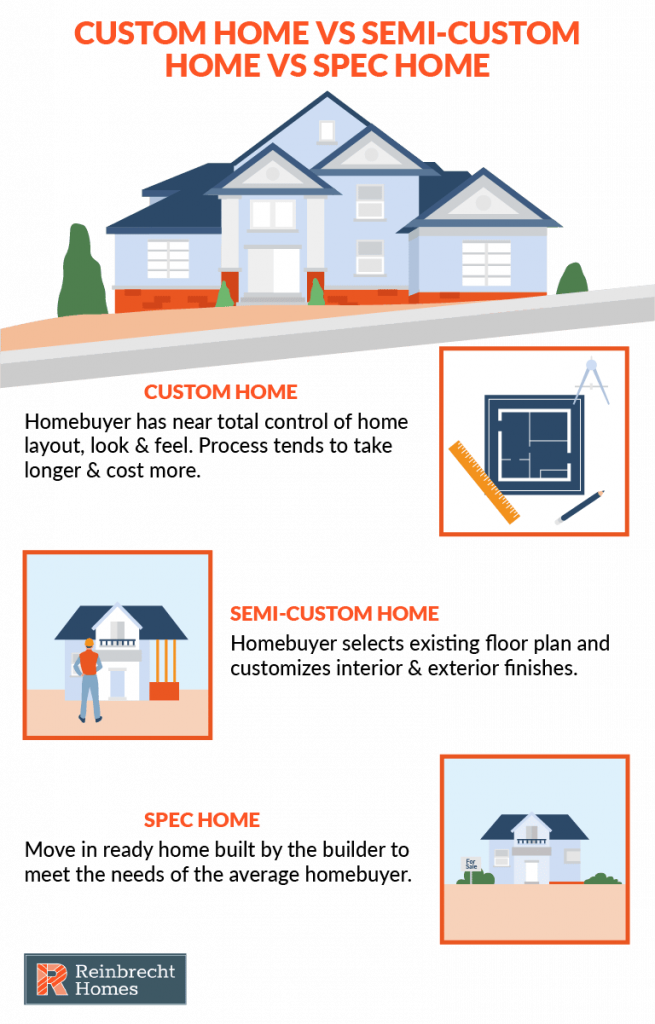
When you begin designing and building your own custom home, you are not alone. There are thousands of people out there who are just like you, hoping to build a house of their own in the Sunshine Coast. However, there are some things you need to know to help you get started. The first step is to find land, and then you can move on to hiring a builder. Afterwards, you will need to prepare for construction and choose subcontractors.
Find land
Building your own custom home is a big deal, and one of the first things you need to consider is where to start. There are many options in the real estate market, from large tracts to tiny suburban homes. To make sure your new home lives up to your standards, you should check out several different sites and get the scoop on the good and the bad. Taking the time to do some homework will ensure your investment pays off in the long run. This includes selecting a competent real estate agent.
A savvy real estate professional should be able to help you sift through the haystack. While building a home on your own is a great way to go, if you can afford it, consider signing up with a builder. Not only will you get a turnkey solution, you’ll also get access to the best deals on building materials.
Hire a builder
When designing and building your own custom home, it is important to hire a builder who can ensure your project is completed on time and within budget. A good builder will advocate for your needs and keep you updated throughout the process. Choosing the right builder is a key decision and requires careful research.
Homebuilding is a major investment and it’s important to take your time. Ask questions and make sure the builder has the credentials to get the job done. You’ll be happier and less likely to make a mistake if you choose a reputable contractor.
To find the best builder for your project, check out local government websites and consumer review sites. Check with your state’s association of builders and see what they recommend. Also, visit homes built by the builder and look at their references. Lastly, talk with friends and family who have had a similar experience.
Select subcontractors
If you’re building a custom home, you’ll want to select subcontractors who have the necessary expertise and experience. You’ll also want to make sure that they’re insured. This will protect you from unforeseen accidents and allow them to protect their workers.
Subcontractors should offer a variety of quality craftsmanship and materials. They should also be knowledgeable about local and state residential building codes. Additionally, they should be able to provide you with a list of preferred contractors.
Your subcontractor should be able to give you a sample contract, and you should also ask about references and customer testimonials. If you can, visit some homes built by the company you’re considering. In addition, you should ask about their construction schedules and warranties.
Check for liability insurance
When you are planning to build your own custom home, it’s important to check for liability insurance. This will protect you if you are sued for damage to your property or injury to a neighbor. A typical homeowners insurance policy won’t cover this.
It’s also a good idea to carry a general liability policy. You may also want to purchase an umbrella insurance policy to offer additional coverage.
The best way to find out which kind of insurance you should buy is to talk to an insurance agent. They will help you determine the right amount of protection for your home and your specific needs. Many insurance companies also offer policies that are specifically designed for homes in the construction phase.
Preparing for construction
The process of designing and building your own custom home can be a very intimidating experience. Fortunately, there are many things you can do to prepare for the construction.
First, you should talk with an interior designer to get some ideas on what you like and don’t like. You should also visit some homes you’re considering to see how they’re built and how well they meet your needs. Finally, you should make a list of the specific features and design elements you’d like.
Once you’ve decided on the location for your new home, you’ll need to determine if it meets local codes and zoning laws. The size of your lot will play a huge role in the cost. Some builders will charge extra if you bring materials in from elsewhere.